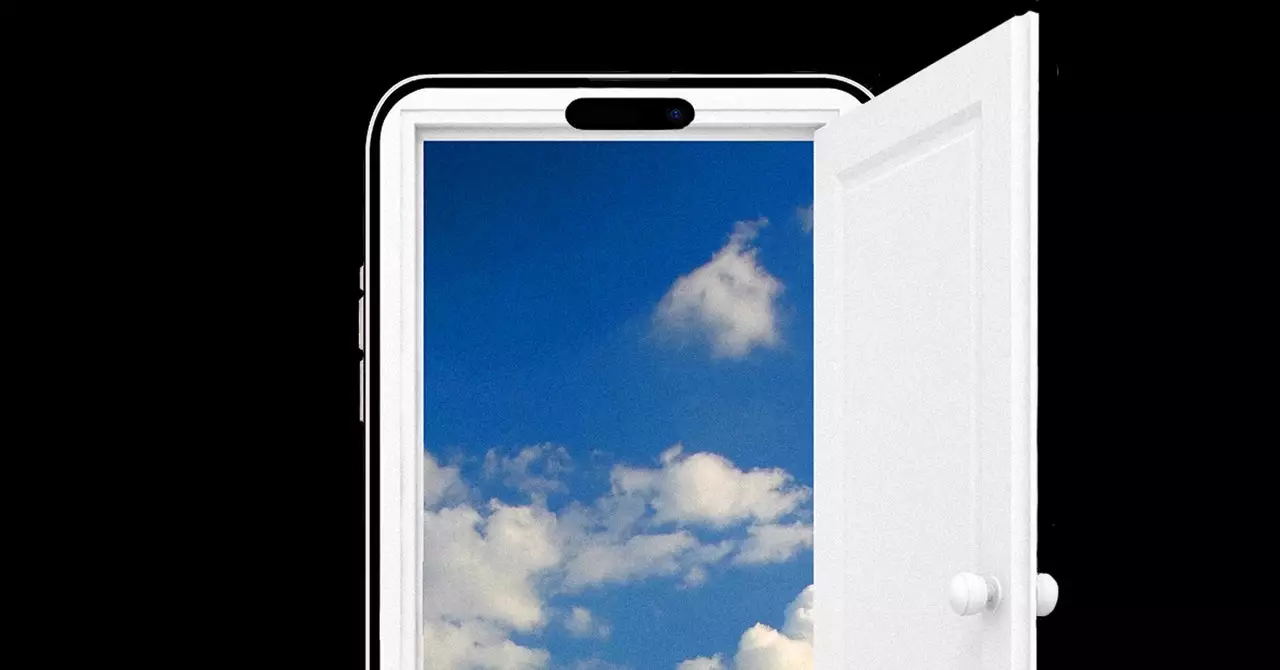In an age where digital connectivity is ubiquitous, understanding our screen time is more critical than ever. Recent conversations among tech experts revealed that even moderate users of social media, like a user clocking in three hours and forty minutes on their smartphone daily, find this figure surprisingly impressive. This methodology of self-analysis not only highlights the intricate relationship we have with our devices but also raises questions about the true nature of our social media engagement. As screen time becomes a common benchmark for assessing digital health, it compels us to examine how those hours are spent, particularly on platforms that fuel our social interactions.
For many, the rise of social media has created a dichotomy: while it serves as an indispensable communication tool, it often leads to a profound sense of anxiety regarding usage. Discussions about implementing timers or reminders to limit time on platforms like Instagram have become increasingly prevalent. Such measures reflect a growing sentiment of discontent with incessant scrolling and the pressure to constantly present curated versions of ourselves. The irony lies in the fact that even as we seek boundaries, we often find ourselves drawn back in, beckoned by the allure of notifications and digital validation.
The conversation touches upon the notion of app fatigue, where users fantasize about a life free from the incessant need for approval or the fear of missing out. The emotional rollercoaster triggers contemplation around the genuine necessity of these platforms in our daily lives. Interesting anecdotes abound among users who have attempted drastic measures, such as deleting apps or logging out for extended periods, only to find themselves re-engaging minutes later due to curiosity or habit. This cycle raises important questions about the mental health implications of constant digital presence and the perceived pressures that accompany it.
Taking breaks from social media can yield surprising benefits. Personal testimonies about parental leave highlight how fewer interactions on these platforms can lead to newfound contentment and mental clarity. Users often express an incredible realizable truth: beyond entertainment or social connection, their phones provide an overwhelming influx of information that diverges significantly from the genuine interactions once desired. This has prompted introspection about what constitutes meaningful communication in an overly digital world.
Despite the desire to break free from social platforms, many users face a compelling urge to remain engaged, even when they are overwhelmed. The push-and-pull dynamic reveals the deep entrenchment of social media into the fabric of our social lives. The provoking question arises: what drives us to return to our devices periodically? Is it the fear of being left out, or is it the unresolved need to stay connected with friends, family, or the broader community? In an environment increasingly dominated by digital communication, the answer remains complex and subjective.
As society stands at a crossroads, there is a burgeoning desire for alternatives to traditional social media engagement. Exploring avenues like face-to-face interactions, community events, or even those time-honored practices of engaging with books or art can reinvigorate the human experience beyond mere pixels. Thought-provoking platforms that offer genuine human connection without the pressures of social media are increasingly in demand. Recognizing that digital interactions will likely always play a role in our society, finding balance becomes essential.
Our interaction with social media invites ongoing evaluation and adaptation. While it can connect us in profound ways, understanding its associated challenges is crucial. As we navigate this terrain, the emphasis must be on quality over quantity, fostering authentic relationships that extend beyond the digital realm. Ultimately, being critical of our social media usage paves the way for healthier interactions, encouraging a future where we cherish both digital engagement and real-world connections in equal measure.

